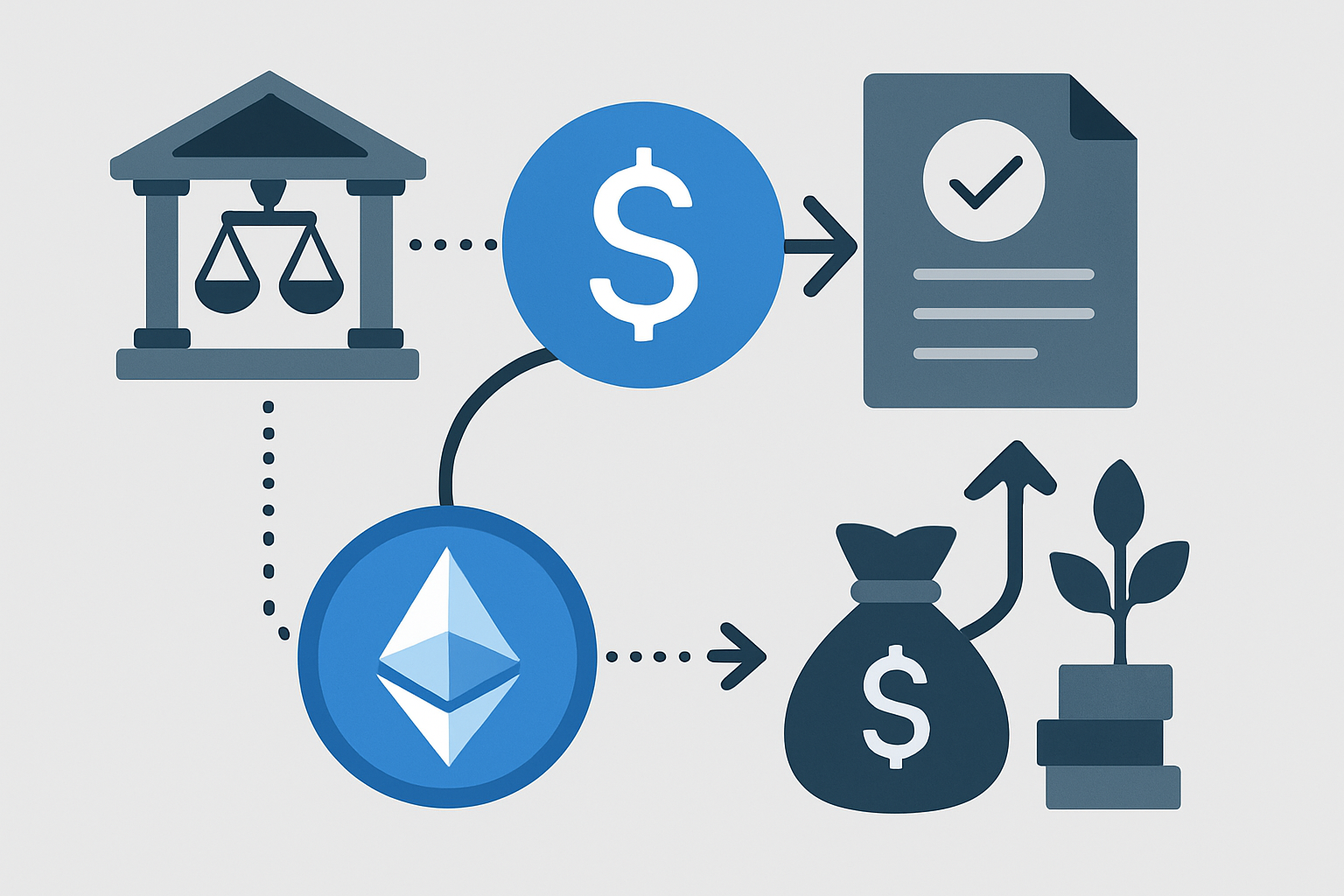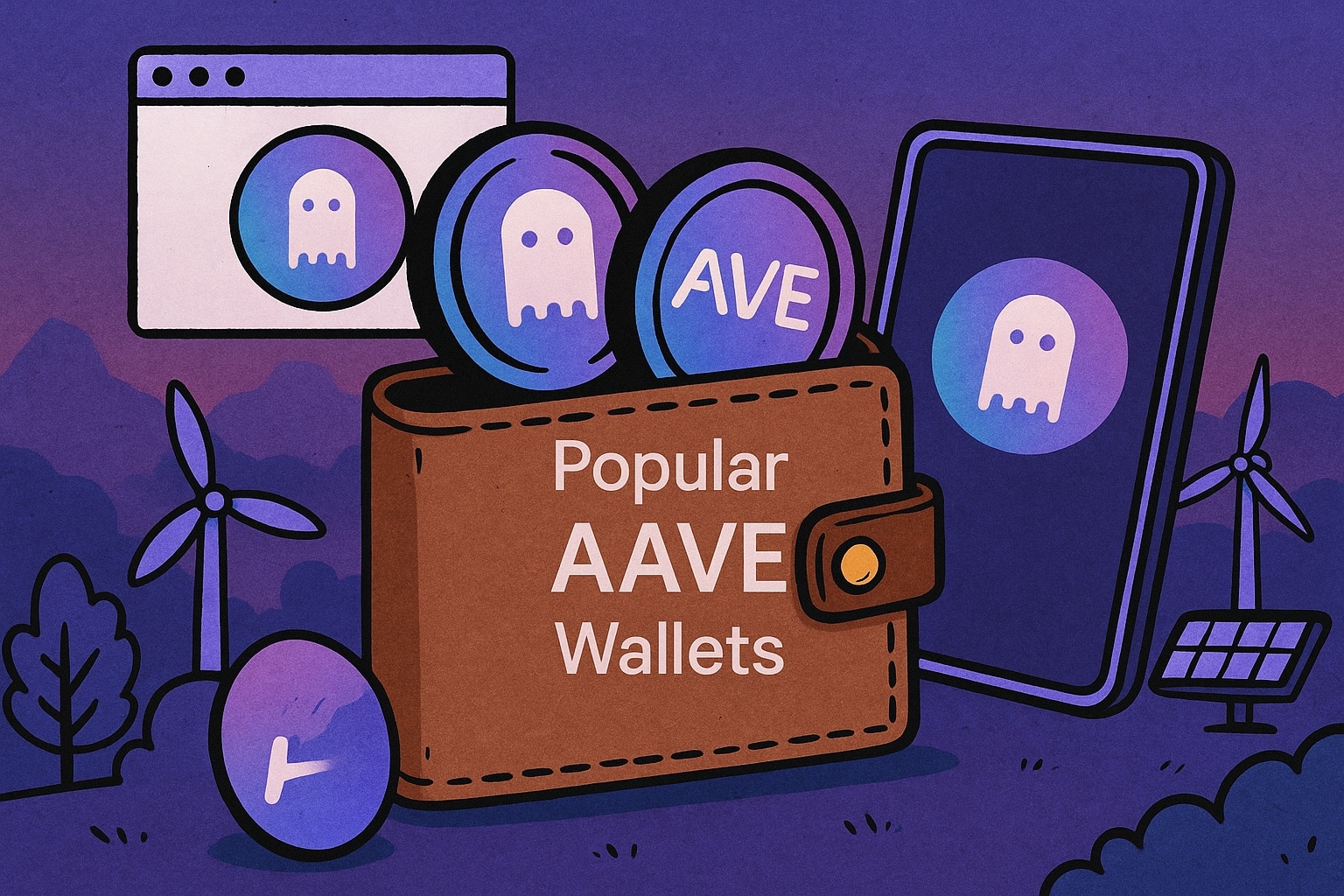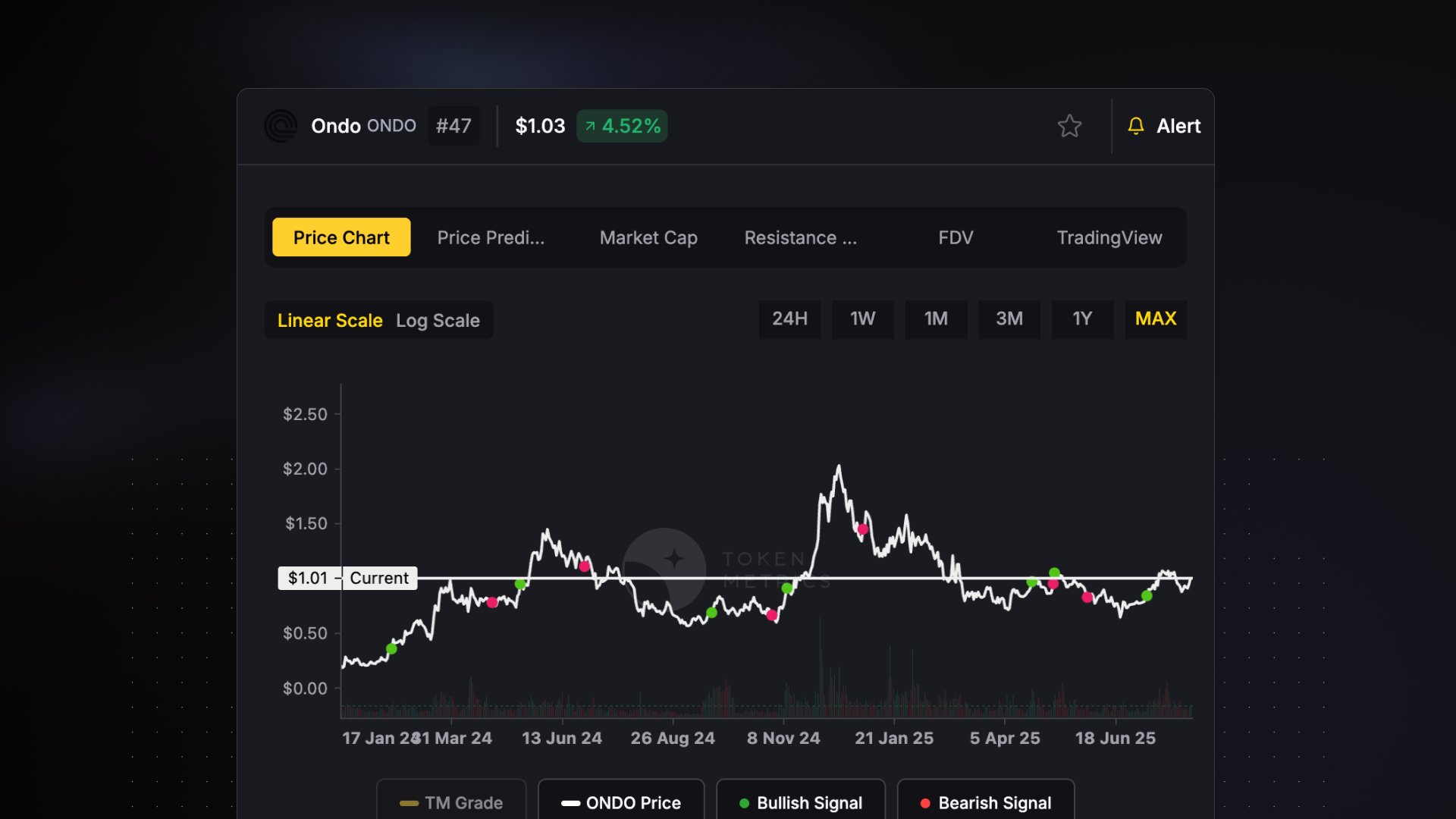
Stablecoin regulation has become the prime catalyst for change in decentralized finance (DeFi) yield strategies in 2025. With the U. S. GENIUS Act and the EU’s MiCA now fully operational, the landscape for earning interest with stablecoins is fundamentally different than it was just a year ago. The days of direct high-yield payments from issuers like USDC or USDT are over in regulated markets, replaced by a new breed of compliant, indirect DeFi yield mechanisms.
GENIUS Act and MiCA: Redefining Stablecoin Yield
The GENIUS Act, signed into law in July 2025, marks a watershed moment for U. S. stablecoin oversight. Its most disruptive provision is simple but sweeping: payment stablecoin issuers are banned from paying interest or yield directly to holders. This move was designed to quell banking sector fears about competition and to keep retail investors away from unregistered securities risks (source). The European Union’s Markets in Crypto-Assets Regulation (MiCA) takes a similar stance, setting up a harmonized licensing regime but drawing a hard line against direct yield products from authorized issuers.
For DeFi users, these laws triggered an urgent shift. Rather than relying on issuer-paid yields, protocols have doubled down on compliant alternatives, think swap fees, liquidity incentives, and tokenized real-world asset exposure. The result: DeFi yield strategies are more complex but arguably more robust and less reliant on centralized risk.
![]()
How DeFi Platforms Adapted: Indirect Yield Mechanisms Take Center Stage
DeFi innovators wasted no time pivoting to stay compliant while keeping yields alive. Platforms like Aave V4 now offer cross-chain liquidity routing and support for tokenized T-bills or money market funds, letting users earn yield through lending pools that are structured to avoid triggering the new restrictions (source). Curve Finance’s crvUSD, an overcollateralized stablecoin, lets users earn swap fees and boosted rewards by providing liquidity rather than simply holding the asset.
This shift has also prompted the rise of KYC-enabled DeFi environments like Aave Arc, where only verified participants can access institutional-grade lending pools, ensuring compliance while still offering attractive risk-adjusted returns (source). These pools often feature exposure to tokenized government bonds or other regulated assets, blending traditional finance rigor with DeFi efficiency.
The New Playbook: Top Strategies for Earning Yield with Stablecoins in 2025
Top Compliant Stablecoin Yield Strategies for 2025
-

Aave V4 Cross-Chain Lending: Leverage Aave V4‘s compliant lending pools to supply stablecoins like USDC and DAI. Earn yield via cross-chain liquidity routing and exposure to tokenized real-world assets, in full alignment with the GENIUS Act and MiCA regulations.
-

Curve Finance crvUSD Pools: Provide liquidity to Curve Finance‘s crvUSD pools. Earn swap fees and boosted rewards by participating in overcollateralized stablecoin pools, a structure designed to comply with new regulatory frameworks.
-

Aave Arc Institutional Lending: Participate in Aave Arc, a KYC-gated platform for institutions and verified users. Earn compliant yield on stablecoins through permissioned lending pools, ensuring adherence to regulatory standards.
-

Ondo Finance Tokenized Treasuries: Access U.S. Treasury-backed yields via Ondo Finance, which tokenizes regulated fixed-income products. Investors earn yield indirectly, with full compliance to U.S. and EU stablecoin laws.
-

Maple Finance Compliant Lending Pools: Supply stablecoins to Maple Finance‘s KYC/AML-compliant lending pools. Earn yield by funding institutional borrowers in a regulated environment, meeting the latest DeFi compliance standards.
The regulatory crackdown hasn’t killed passive income opportunities, it’s forced them to evolve. Today’s most effective strategies leverage protocol-level rewards and exposure to real-world assets:
- Liquidity Provision: By supplying stablecoins to automated market makers (AMMs) like Curve or Uniswap v4, users earn a share of trading fees plus protocol incentives, all without violating interest bans.
- Lending Pools: Lending platforms such as Aave V4 route user deposits into diversified pools that may include tokenized T-bills or money market funds, generating yield from underlying assets instead of direct issuer payouts.
- KYC-Gated Institutional Pools: For large holders or funds, platforms like Aave Arc offer compliant access to higher-yield opportunities backed by real-world collateral, often requiring identity verification but delivering greater regulatory certainty.
- Yield-Bearing Derivatives: Some protocols tokenize future yields or swap fee streams into synthetic assets tradable on secondary markets, a creative workaround that stays within the letter of new laws.
This dynamic environment means that compliance is now as critical as APY when evaluating any interest earning stablecoins strategy in 2025. Regulatory arbitrage across jurisdictions remains possible, but only for those willing to accept increased legal risk as part of their portfolio calculus.
For retail and institutional investors alike, 2025’s stablecoin DeFi yield regulation era is defined by nuance and agility. The compliance-first approach adopted by leading DeFi protocols has raised the bar for transparency and risk management, but it also requires users to be far more selective in their strategies. Tools that automatically route funds into compliant pools or real-world asset exposures are now table stakes for serious yield seekers.
Jurisdictional Fragmentation: Global Divergence in Stablecoin Regulation
While the U. S. GENIUS Act and EU MiCA have set the tone for major markets, the global regulatory map remains patchy. In APAC, countries like Singapore and Japan have introduced licensing regimes that allow certain stablecoins to participate in regulated financial products, provided they meet strict reserve and reporting standards (source). Meanwhile, emerging markets continue to experiment with sandboxed environments where DeFi projects can trial innovative yield structures under regulatory supervision.
This divergence presents both opportunity and risk. Sophisticated investors are exploiting cross-border differences by allocating capital to jurisdictions with more favorable rules, though this comes with heightened legal exposure if regulations tighten unexpectedly. For most users, sticking with platforms that publicly document their compliance status is now the only prudent way forward.
Compliance as a Competitive Edge
The new regulatory landscape has turned compliance into a key differentiator for DeFi projects. Protocols that can demonstrate robust KYC/AML controls, transparent reserve backing, and clear legal opinions on their yield mechanisms are attracting institutional flows that were previously sidelined due to regulatory uncertainty. Expect continued growth in platforms offering tokenized exposures to traditional assets, think U. S. Treasuries or money market funds, wrapped in stablecoin-native formats.
Transparency dashboards, on-chain proof-of-reserves audits, and open-source compliance modules are now standard features for any protocol hoping to capture meaningful market share in this environment. This shift is making yield opportunities safer but also more competitive, gone are the days of double-digit APYs fueled by unsustainable token emissions or opaque lending practices.
What’s Next: Navigating Yield in a Regulated Future
The upshot? Interest earning stablecoins 2025 aren’t dead, they’ve just evolved along with the rules of engagement. As regulators continue to monitor systemic risks from stablecoin growth (source), expect further tweaks to what’s allowed at both protocol and product levels.
For those navigating this new era:
- Prioritize platforms with clear disclosures on how yields are generated
- Understand jurisdictional nuances before deploying significant capital
- Monitor developments around tokenized real-world assets, they’re quickly becoming core drivers of compliant DeFi returns
- Stay agile: Regulatory arbitrage plays still exist but require constant vigilance as global policy converges
What’s your preferred compliant stablecoin yield strategy for 2025?
With new regulations like the GENIUS Act banning direct interest payments from stablecoin issuers, DeFi platforms have adapted. How are you earning yield on your stablecoins this year?
The bottom line: Compliance is no longer an afterthought, it’s integral to sustainable yield generation in DeFi. Those who adapt early will find robust opportunities even as headline APYs compress; those who ignore the new rulebook risk being left behind or worse, caught up in enforcement actions as regulators catch up with innovation.




